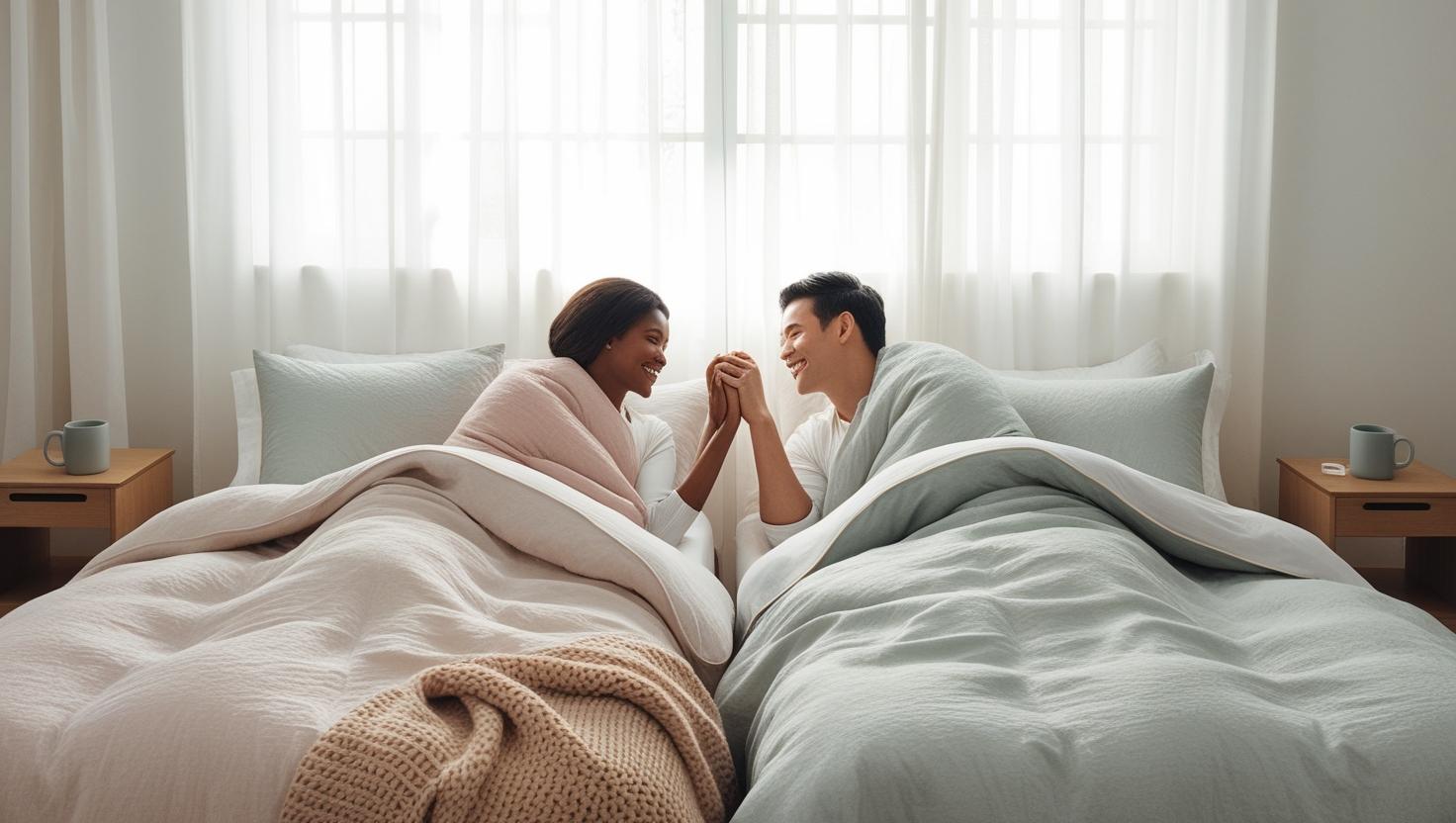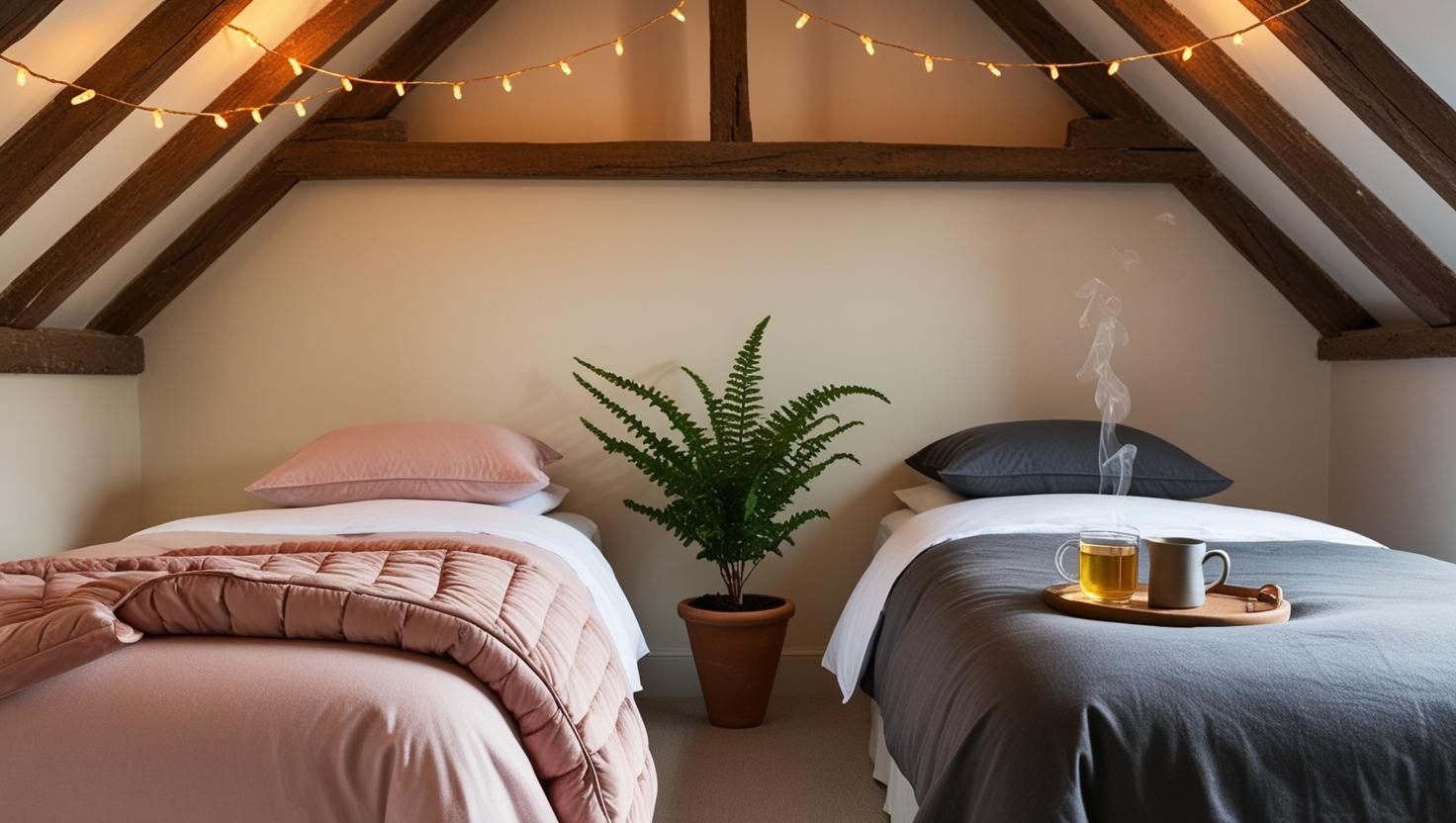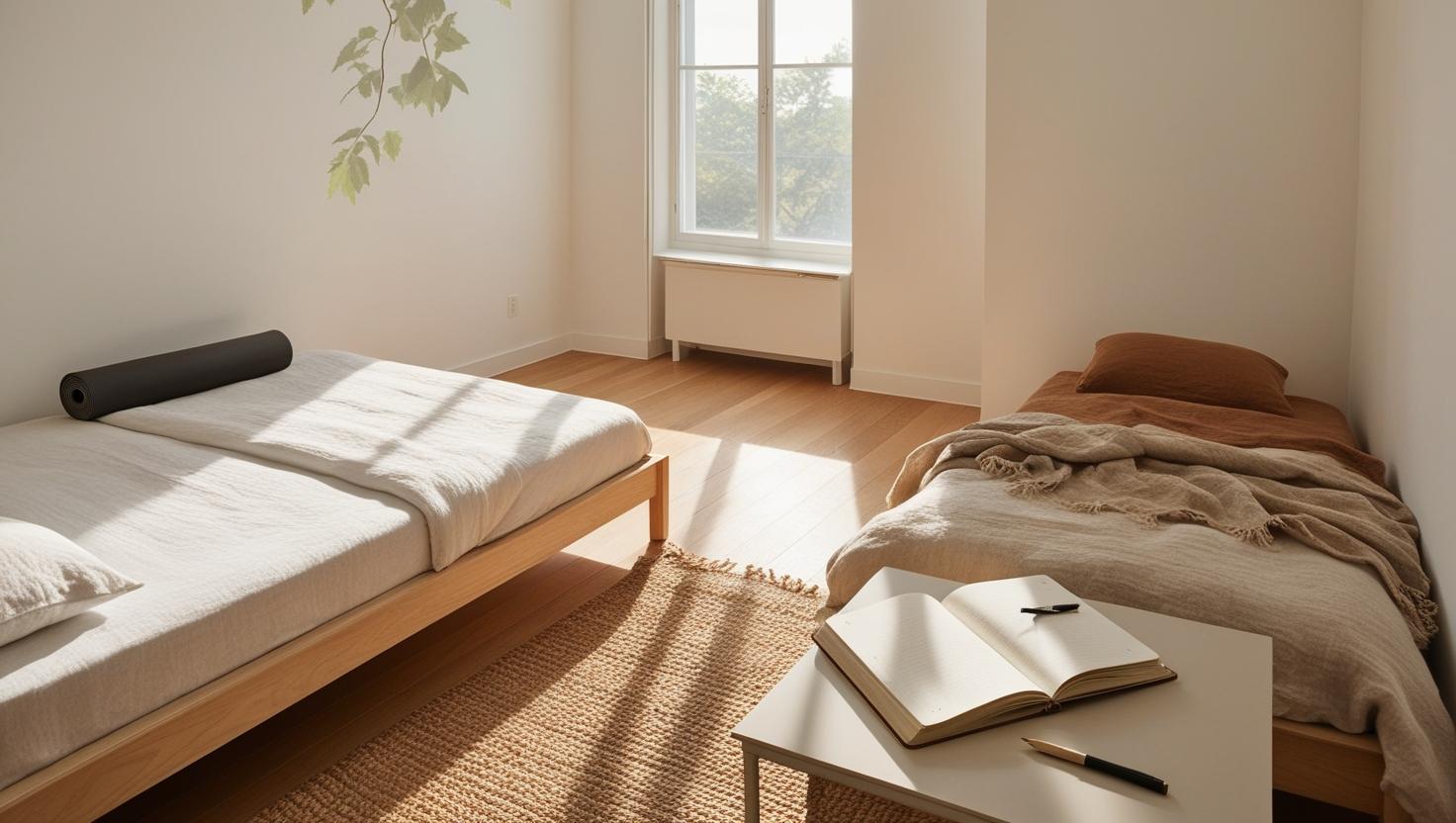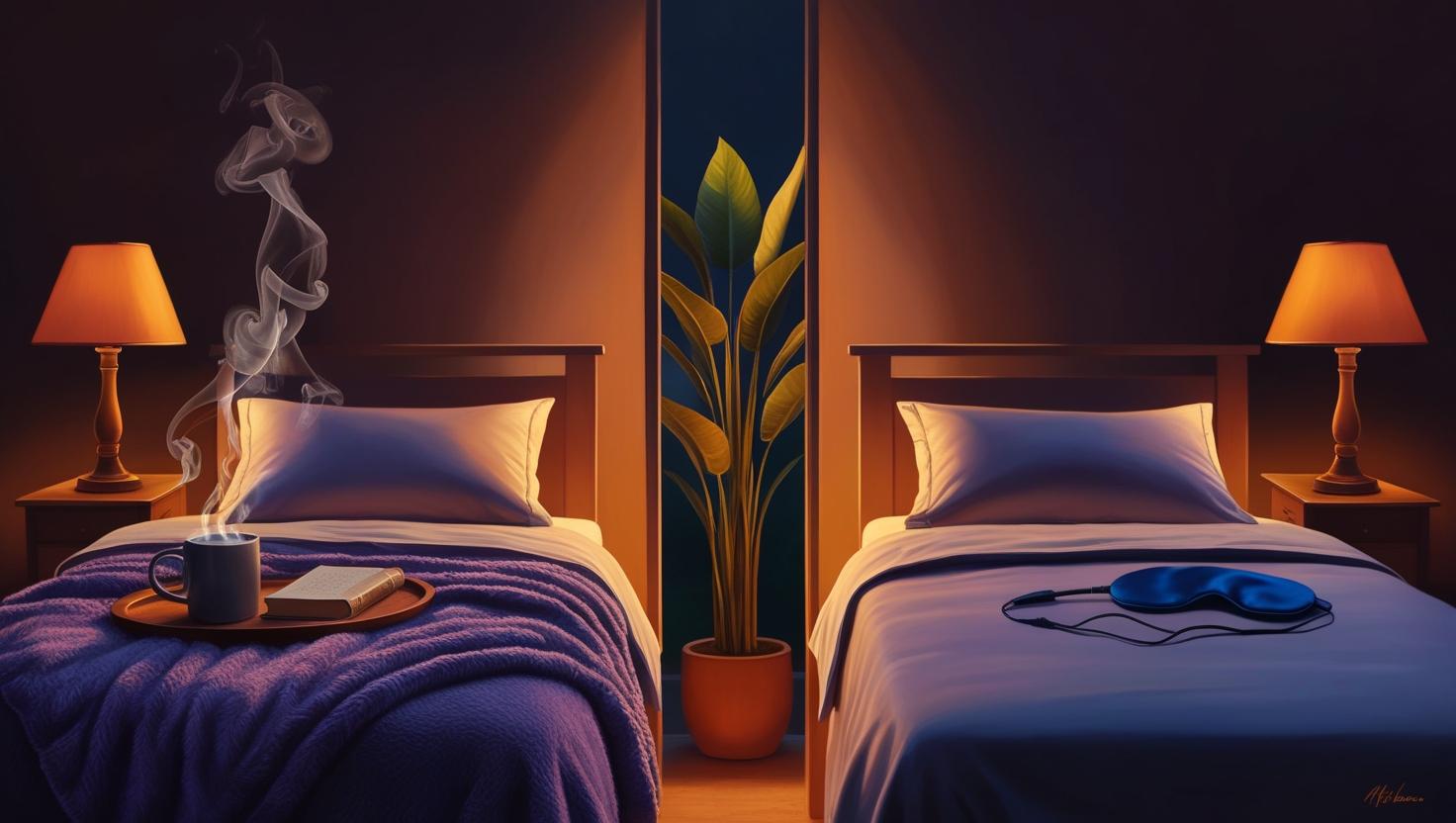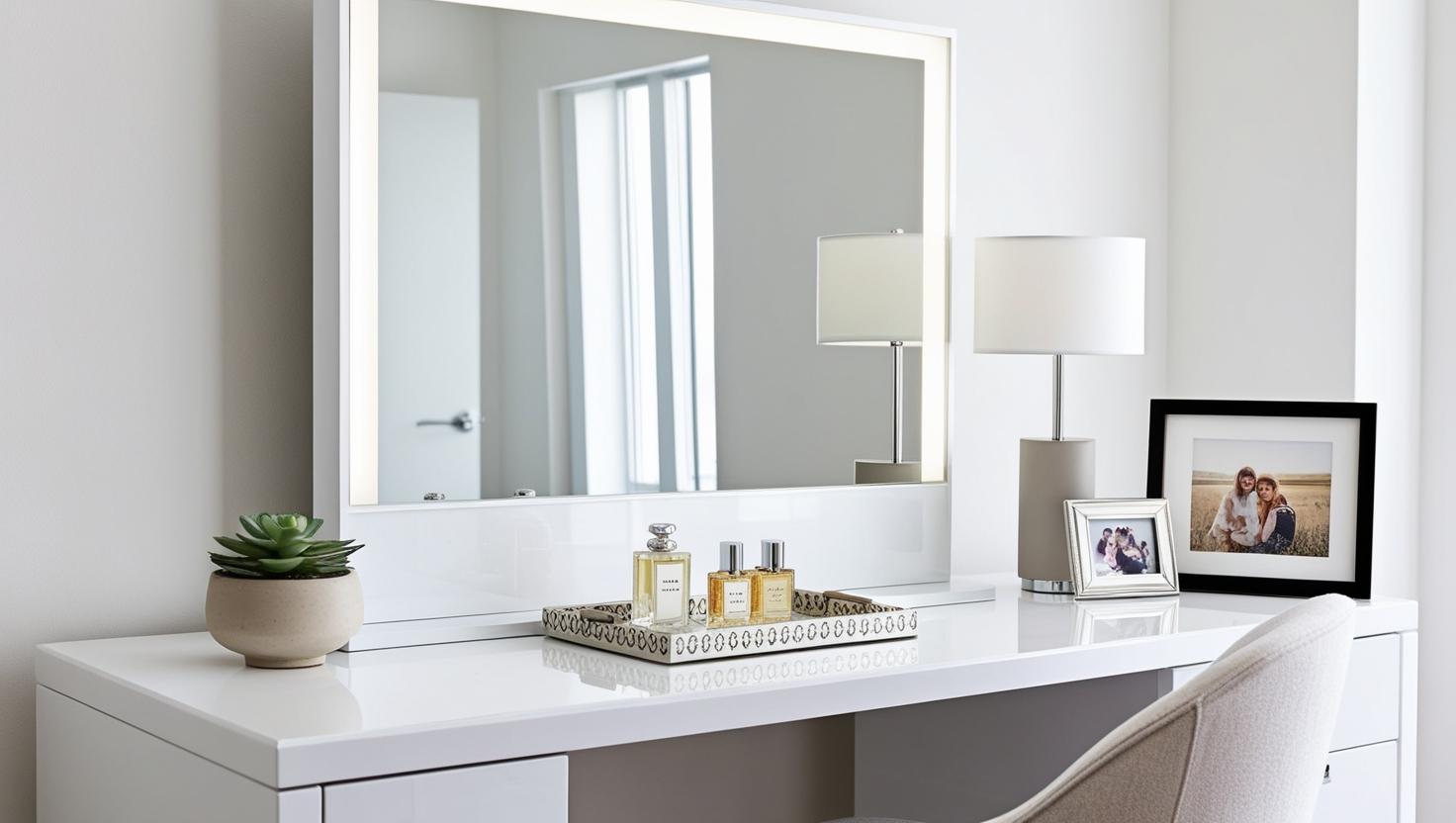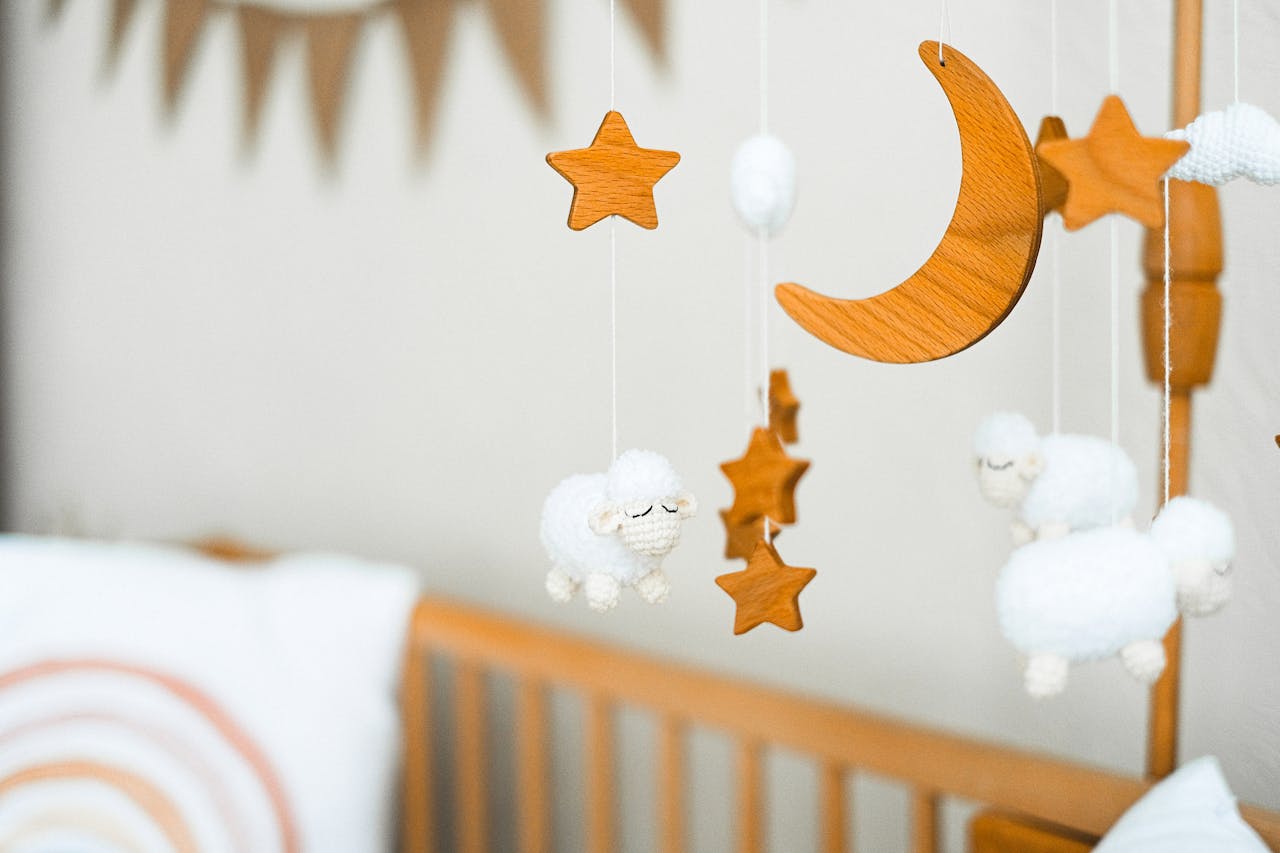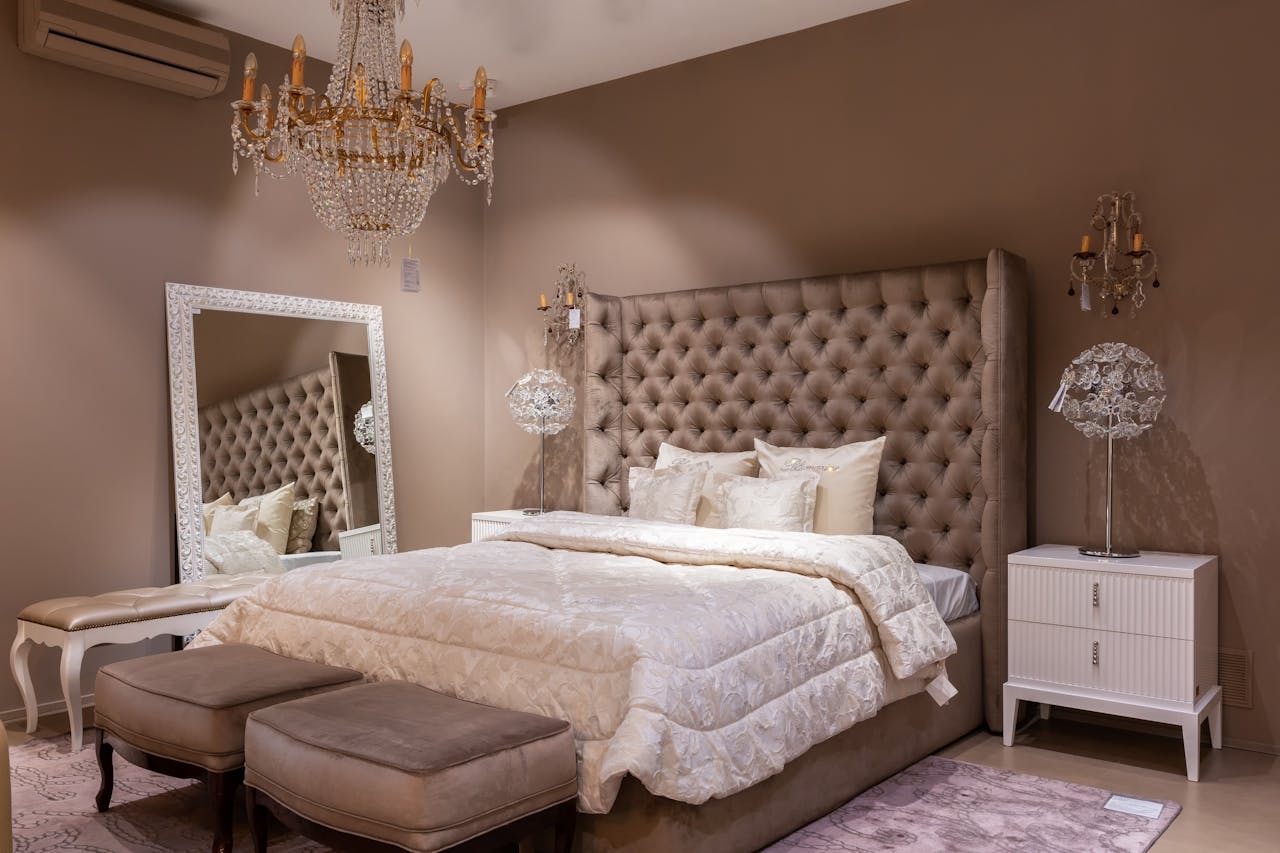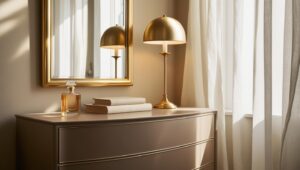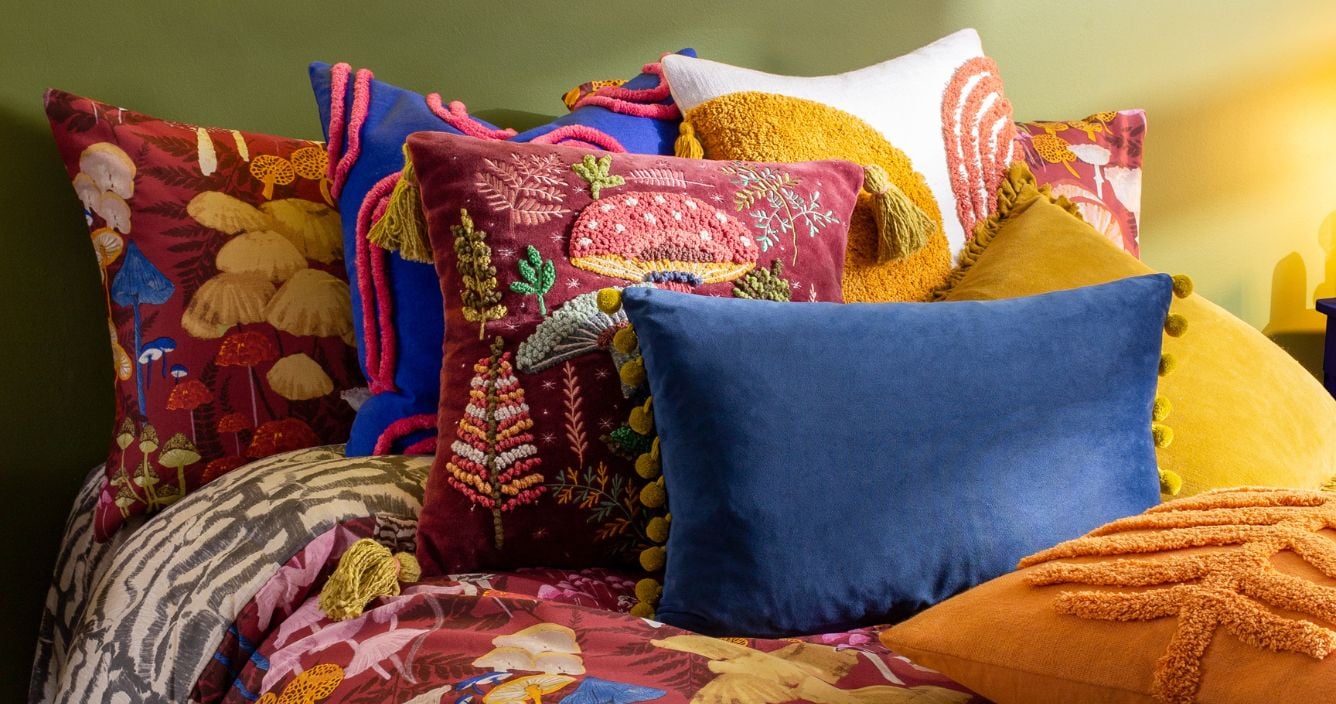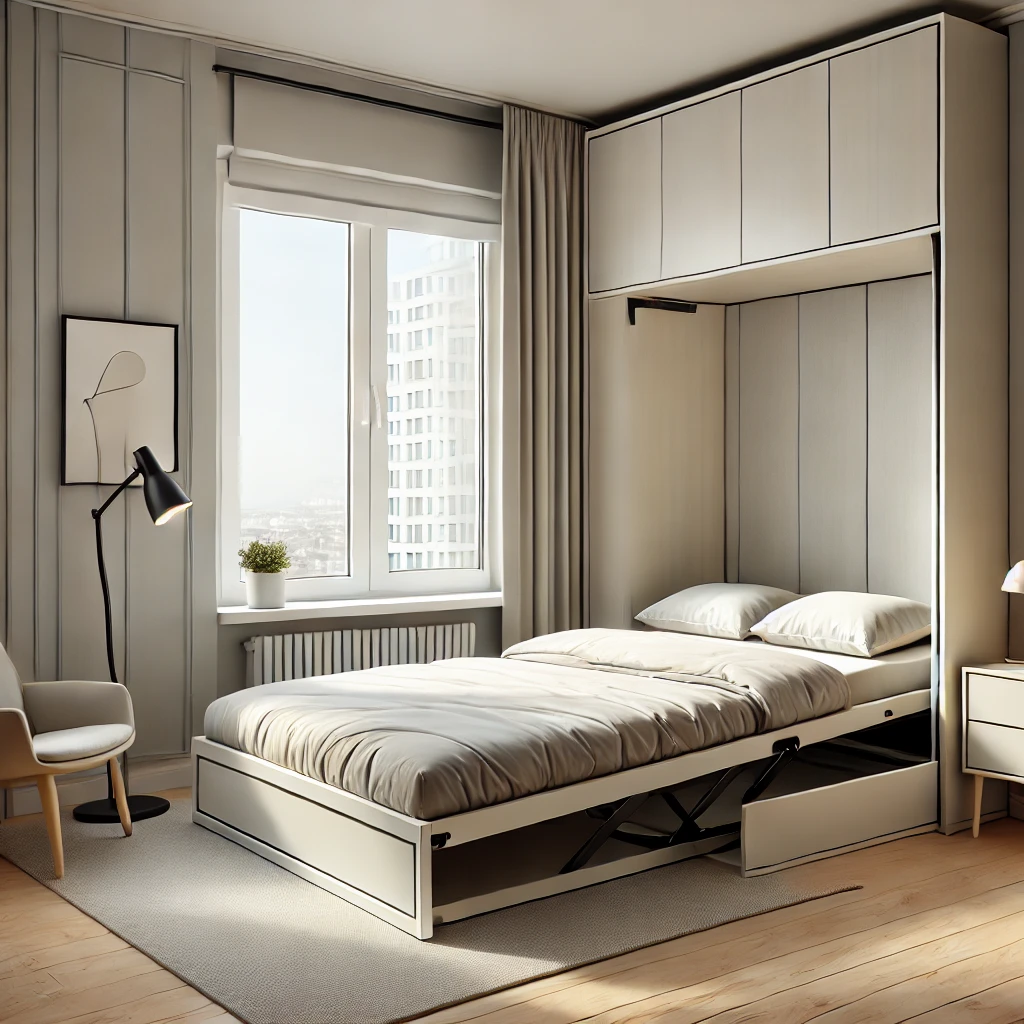Queen Bed Frame Luxury Wooden Bed Frames: The Cozy Upgrade Your Bedroom Needs
Ever walked into a bedroom and instantly felt calmer just by looking at the bed? Chances are, a queen bed frame made of luxury wood had something to do with it. In fact, in the first few seconds of stepping into a room, your eyes naturally land on the bed — and a beautiful wooden frame can make it feel like home.
While some furniture simply fills space, a well-crafted wooden bed frame brings everything together: warmth, texture, and strength all rolled into one stunning centerpiece.
Why a Queen Bed Frame in Luxury Wood Matters
Your bedroom isn’t just where you sleep — it’s your retreat after long, stressful days. Choosing a high-quality bed frame, like a queen bed frame in luxury wood, can boost not only the look of your space but also your quality of rest. Comfort, durability, and that cozy “ahh” feeling? Yes, please.
Why Luxury Wooden Queen Bed Frames are a Smart Choice
When it comes to upgrading your bedroom, a queen bed frame in luxury wood shines for several good reasons.
Timeless Appeal
Thanks to their natural wood grain and neutral tones, wooden bed frames fit beautifully with almost any design style. Whether you’re into farmhouse chic, boho vibes, or clean minimalist looks, wood slides right in like it was made for you.
Lasting Durability
Solid hardwoods like oak, walnut, and maple don’t just look good — they’re tough as nails:
- Resist cracking and sagging over time
- Fewer creaks and structural issues thanks to quality craftsmanship
- Proper maintenance can keep them looking gorgeous for decades
In short, it’s a “buy once, love forever” kind of investment.
Natural Strength
Ever had a bed frame wobble just from sitting down? Not with a sturdy wooden frame. Solid wood holds firm, keeping your mattress — and your sleep — stable and sound. Plus, it’s a bonus for families with kids who love to jump on the bed now and then.
Learn more about the different styles and benefits in this comprehensive guide to wooden bed frames.
How to Style Your Wooden Queen Bed Frame with Bedding and Accessories
The frame might be the anchor, but it’s the bedding and accessories that complete the dreamy look. Two brands we love pairing with luxury wooden queen bed frames? Ashley Furniture bedding sets and Stitch bedroom accessories.
Using Ashley Furniture Bedding Sets
Ashley Furniture doesn’t just offer basics — their bedding sets are designed to make your bedroom feel curated and cozy.
- Color Coordination: Many sets come in warm tones or soft pastels that complement natural wood beautifully.
- Texture Balance: Mixing soft cottons or velvets with solid wood creates a layered, inviting look.
- Comfort Assurance: Breathable, high-quality fabrics improve sleep quality and last longer.
Bonus tip? Grab a matching throw or some decorative pillows — they’re like the icing on a perfectly baked cake.
Bringing in Stitch Bedroom Accessories
Accessories from Stitch bring that final personal touch:
- Throw blankets with cozy textures add instant warmth.
- Decorative pillows create contrast against the wood grain.
- Coordinating curtains and rugs tie the whole room together.
It’s like dressing your bed for its own mini photoshoot — and you’re the star.
Real Benefits of Choosing a Luxury Wooden Queen Bed Frame
Beyond the style, you’ll feel real-world perks:
- Better Sleep Support: A strong frame keeps your mattress firmly in place, improving spinal alignment and overall sleep quality.
- Quieter Nights: Well-built wooden frames creak far less than metal ones — no more waking up every time your partner turns over.
- Warmer Vibes: Unlike cold steel or plastic, wood feels naturally warm, making your room feel extra inviting.
Types of Wood You’ll Commonly Find
Not all woods are created equal when it comes to bed frames. Here’s a quick cheat sheet:
- Oak: Super strong with a classic, rustic look
- Maple: Smooth, light-toned, perfect for modern vibes
- Walnut: Dark, rich, and sophisticated
- Pine: Budget-friendly and versatile for painting or staining
Some frames even blend woods to offer the best of both worlds.
How to Keep Your Luxury Wooden Queen Bed Frame Looking Fresh
Wood is tough, but it loves a little TLC:
- Dust weekly with a soft cloth or microfiber duster.
- Wipe gently with a damp cloth and mild soap (no soaking!).
- Avoid placing in direct sunlight to prevent fading.
- Tighten joints every few months to keep everything sturdy.
Pro Tip: Pop some felt pads under the legs to protect your floors and prevent shifting.
Common Myth: Aren’t Wooden Bed Frames Hard to Maintain?
Not at all! A quick dusting here, a wipe-down there, and your frame will stay looking gorgeous for years. Modern finishes even add extra protection against scratches and moisture. It’s way less maintenance than you’d expect for such a rich, luxe look.
Cozy Bedroom Trends That Pair Perfectly with Wooden Frames
Want your bedroom to look like it belongs on Pinterest? Pair your luxury wooden queen bed frame with these trends:
- Neutral color palettes (think whites, grays, and beiges)
- Earthy textures (linen bedding, jute rugs, woven baskets)
- Statement lighting (oversized pendant lights or bedside lamps)
- Minimalist wall art (black-and-white prints or soft abstracts)
Wood acts as a grounding element, letting you layer and personalize without feeling cluttered.
Is a Luxury Wooden Queen Bed Frame Right for You?
Ask yourself:
- Do you love a natural, calming look?
- Are you tired of replacing cheap frames every few years?
- Do you want something that grows with your style?
If you nodded along, a luxury wooden queen bed frame might just be your perfect match.
Final Thoughts
At the end of the day (literally), your bedroom should be a place you can’t wait to relax in. Investing in a luxury wooden queen bed frame means choosing durability, comfort, and timeless beauty all at once. Plus, pairing your frame with stylish Ashley Furniture bedding sets and Stitch bedroom accessories takes it to the next level.
Ready to cozy up your space? Check out more tips and ideas on creating your dream sleep sanctuary, explore bold bedroom decor ideas, or find the best sleeping positions for better rest.





